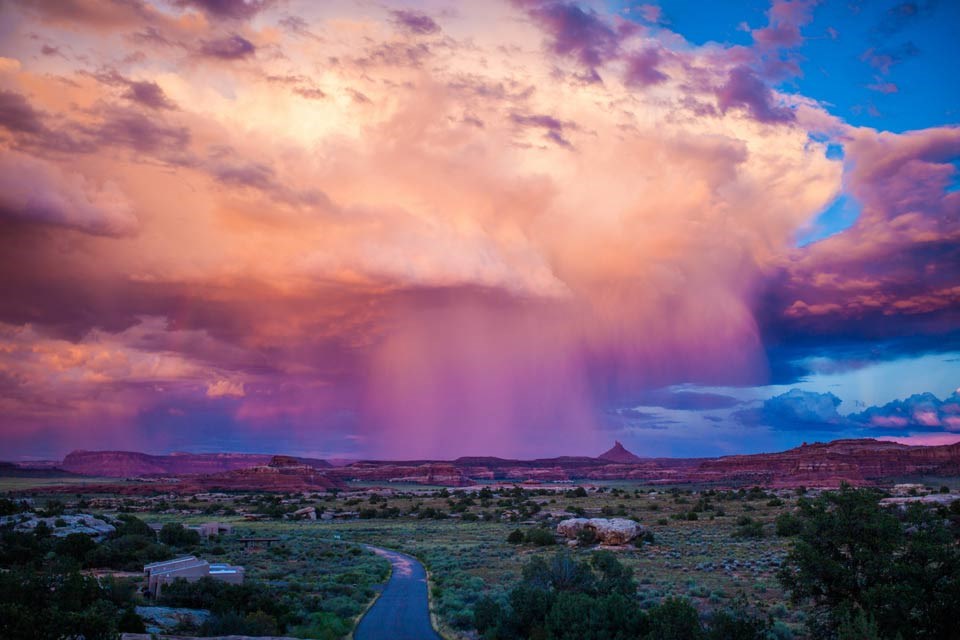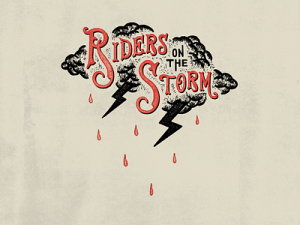In this article, we will give a comparative description of monsoons and other similar natural phenomena.
Let’s compare monsoons with hurricanes, typhoons, habuba, tsunamis and tropical storms in terms of definition, location and impact:
Monsoon vs Hurricane:
Definition:
Monsoons are seasonal winds that change direction and bring precipitation depending on the season.
A hurricane is a strong atmospheric storm with a central “eye”, accompanied by strong winds and rain.
Location:
Monsoons are mainly characteristic of Southeast Asia and other regions.
Hurricanes usually occur in the Atlantic Ocean and the Pacific Ocean, in certain parts of the world.
Influence:
Monsoons affect the region’s climate, bringing precipitation in the summer and contributing to droughts in the winter.
Hurricanes can cause destruction, flooding, inundation and loss of life.
Monsoon vs Typhoon:
Definition:
Monsoons are seasonal winds that bring changes to the weather in regions such as Southeast Asia.
A typhoon is a strong tropical cyclone that can cause storms and rainfall.
Location:
Monsoons operate mainly in Southeast Asia.
Typhoons usually originate in the Pacific Ocean and affect Southeast Asia and other regions of the Pacific Ocean.
Influence:
Monsoons determine the regime of precipitation and agriculture in the region.
Typhoons can have similar impacts but with greater intensity, including destruction and flooding.
Monsoon vs Habuba:
Definition:
Monsoons are seasonal winds that bring precipitation depending on the time of year.
Habuba is a sandstorm that occurs in deserts and causes dust and sand to be thrown into the air.
Location:
Monsoons are common in Southeast Asia and other regions.
Khaboobs are most commonly seen in deserts such as the Sahara and the Arabian Desert.
Influence:
Monsoons affect agriculture and the climate of the region.
Sandstorms can have a negative impact on human health due to sandstorms and reduced visibility.
Monsoon vs Tsunami:
Definition:
Monsoons are seasonal winds that affect weather and precipitation.
A tsunami is a series of large waves, usually caused by underwater earthquakes or volcanic explosions.
Location:
Monsoons are characteristic of Southeast Asia and other regions.
Tsunamis can occur in any ocean and affect coastal areas.
Influence:
Monsoons determine seasonal rainfall and affect agriculture.
Tsunamis can lead to the destruction of coastal areas and have a dangerous impact on people’s lives.
Monsoon vs Tropical Storm:
Definition:
Monsoons are seasonal winds that change direction and bring precipitation depending on the time of year.
– A tropical storm is a less intense tropical cyclone that can produce rain, wind and waves, but does not reach the level of a hurricane or typhoon.
Location:
Monsoons are characteristic of Southeast Asia and other regions.
Tropical storms can occur in tropical and southern seas and oceans.
Influence:
Monsoons determine the climate and precipitation regime in the region, affect agriculture.
Tropical storms can produce rain and wind that can affect safety and the economy, but are usually less intense than hurricanes or typhoons.
All these natural phenomena have a great impact on the environment and people’s lives, and their understanding and monitoring are important for ensuring safety and environmental protection measures.
In which literature can you read about these phenomena
You can find information about these natural phenomena in various literature sources, such as books, scientific articles, encyclopedias, and Internet resources. Here are some tips for finding information:
Science Books: Look for science books that focus on specific natural phenomena such as monsoons, hurricanes, typhoons, tsunamis, hurricanes, and tropical storms. They may contain a detailed scientific analysis of these phenomena and their impact on the environment.
Scientific journals: Read scientific articles in specialized scientific journals, which are published on the topics of natural phenomena. These articles may contain the latest information and research on the topic.
Encyclopedias: Some general and scientific encyclopedias may contain articles on these natural phenomena that provide an overview and background information.
Internet resources: Use the Internet to find information on the websites of scientific organizations, universities, and meteorological services. They can provide up-to-date and accessible information.
Documentaries and videos: Some documentaries and videos can also be useful to get a visual representation of these natural phenomena.
Always check the authority of the source and take information from reliable sources, especially when considering the scientific aspects of these phenomena.
Read more
Hurricanes and Global Warming: Results from Downscaling IPCC AR4 Simulations


